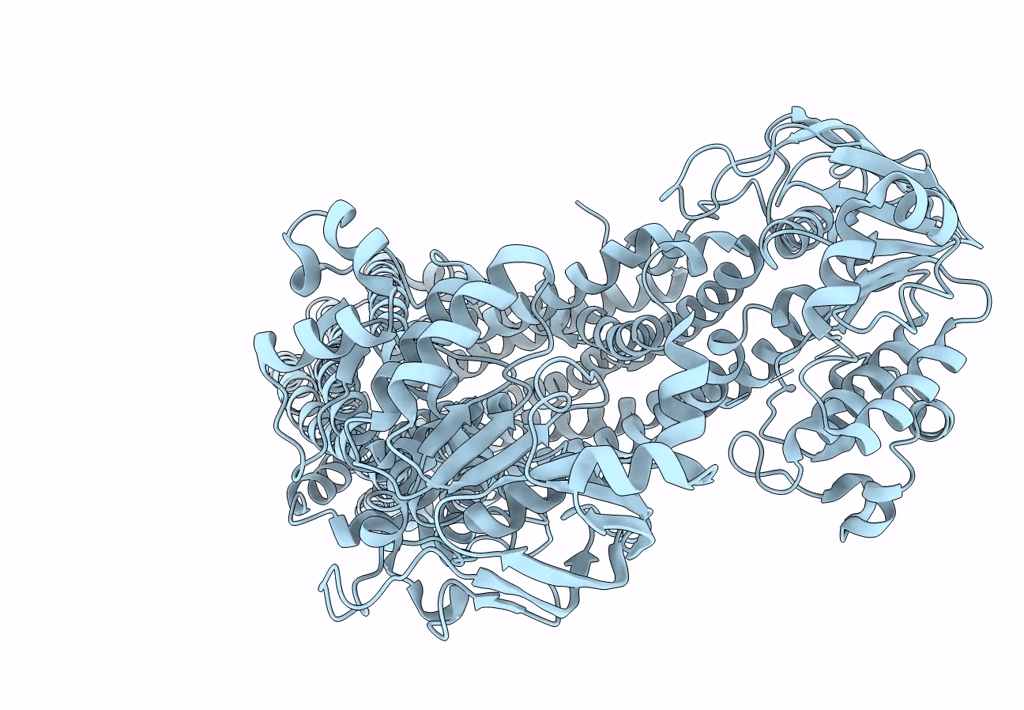
Deposition Date
2018-04-23
Release Date
2018-05-23
Last Version Date
2024-05-15
Entry Detail
PDB ID:
6GDI
Keywords:
Title:
Structure of P-glycoprotein(ABCB1) in the post-hydrolytic state
Biological Source:
Source Organism:
Mus musculus (Taxon ID: 10090)
Host Organism:
Method Details:
Experimental Method:
Resolution:
7.90 Å
Aggregation State:
PARTICLE
Reconstruction Method:
SINGLE PARTICLE


